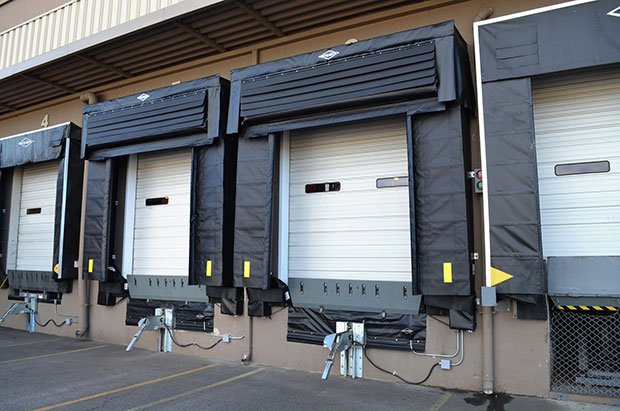Businesses know they need to be sustainable, writes Thorsten Mauritz of Rite-Hite Europe. Not only do they have a moral responsibility, but they also have the constant pressure from stakeholders to minimise their carbon emissions and reduce energy consumption. It can also have a direct impact on their bottom line.
 Over the last few years global energy prices have continued to be extremely volatile. The resulting fallout from conflict in Ukraine has seen prices soar by almost 60%, fuelled by the disruptions in oil and gas supply from Russia who were supplying 12.3% of the world’s oil supply and 23.6% of its natural gas.
Over the last few years global energy prices have continued to be extremely volatile. The resulting fallout from conflict in Ukraine has seen prices soar by almost 60%, fuelled by the disruptions in oil and gas supply from Russia who were supplying 12.3% of the world’s oil supply and 23.6% of its natural gas.
New global challenges are adding to the uncertainty which means fluctuations in pricing and availability are likely to continue. These issues are largely out of an individual organisation’s control. What they can control, however, is energy wastage, and ensuring their operations are as energy efficient as possible.
Loading bay energy loss
One of the biggest areas of energy loss is in the warehouse, and especially at the loading bay. Inefficient doors, trailer door hinge ‘gaps’ and dock leveller ‘gaps’ can all lead to a needless waste of energy. While each of these ‘gaps’ may appear small in isolation, cumulatively they represent a significant ‘hole’ which, if left unsealed, costs money through increased energy consumption.
Further inside the facility, excessive energy is consumed by an abundance of ineffective floor and ceiling fans. Reducing the number of fans while improving the effectiveness of air movement can have a major impact on heating and cooling costs. If cold storage is part of the facility, inefficient freezer openings are also a major drain on energy use.
As highlighted, the costs can be substantial: estimates vary, but the relatively simple act of sealing the gaps at the loading bay and an exposed leveller pit could mean a potential annual energy saving of anything up to several thousand Euros per dock position. Proper exterior doors with effective seals and cycle time speeds could save even more per opening, so the stakes are high.
Solutions are often simple. If you can see daylight though the loading bay seal when a vehicle is unloading, then equate it to the money it is costing you and the impact it is having on the internal environment. Poorly installed or maintained insulation on your loading bay doors and pedestrian walkway doors can also be a problem, whereas tracking the efficiency of any refrigerated areas or cooler/freezer areas over time so seals, panels, doors, or units can be flagged when issues arise is also essential.
Providing a tight, consistent seal all the way up trailer sides, across the top, and at the corners, the Eclipse Dock Shelter from Rite-Hite, for example, blocks both light and seals gaps for a dark, environmentally secure dock. More than this, the seal also prevents unwanted airflow from entering the warehouse environment, while keeping the conditioned air inside, thus saving significantly on the cost of wasted energy.
In addition to the energy saving benefits, the dock shelter also helps to protect people, materials and goods by preventing wind (and therefore dust and grit), rain, snow and pests from entering the interior of the building through the dock.
The top of the Eclipse is equipped with an exclusive weighted head curtain that applies 100 pounds of pressure across the full width of the trailer top, which keeps the curtain in constant contact with the trailer. The corners work in tandem with the weighted header to seal the gaps that ordinary shelters don’t address.
Contact us today at RiteHite.co.uk to discover how we can help you focus on creating a more energy efficient loading bay.





Comments are closed.